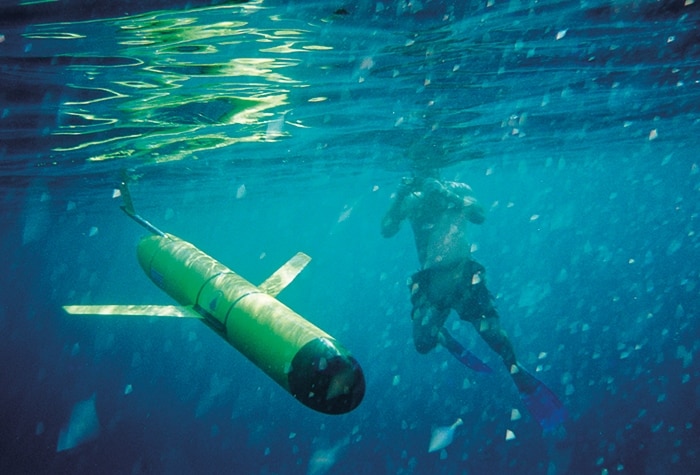
The robotic vessels dive thousands of meters to gather temperature and salinity data every ten days while drifting on the ocean currents. (Image credit: Argo)
Earth’s oceans play an enormous role in regulating global weather. As the planet warms, the oceans absorb the excess energy from ultraviolet radiation and greenhouse gases, which alters water temperatures and increases acidification and deoxidation. These alterations change oceanic currents, circulation and chemistry, leading to rising sea levels, increased storm activity and intensity, and biodiversity. Over the years, scientists have garnered data to create a primary picture of ocean heating patterns.
Most of the sun’s radiation is absorbed in Earth’s lower latitudes and the eastern areas of the oceans. Due to wind-driven currents and large-scale circulation patterns, excess heat is generally driven westward and toward the poles, being lost as it escapes into the atmosphere and space. The planet’s oceans do a great job of dissipating some of that excess heat by evenly distributing that heat over large areas and transferring it to greater depths. It’s that process of distributed heat that scientists can use as measurable indicators to create an accurate climate change model.
Getting that information is the primary purpose of the Argo program, an international consortium of scientists from 30 nations that track global warming. The scientists operate a fleet of 4,000 aquatic robots deployed throughout the world’s oceans. The robots are known as “floats” and are outfitted with sensors that measure salinity, temperature and other dynamics over time to create a detailed picture of how those parameters affect climate change. The robots generate forward thrust by changing their buoyance and glide angle and will spend about six months underwater at sea and diving down to 1,000 meters to grab data.
Drifting along with ocean currents, the floats surface every ten days to transmit the data to research centers in Brest, France and Monterey, California. The data is then analyzed and made available to researchers and weather forecasters worldwide. Argo is currently looking to add 700 robotic floats to increase their capabilities and create a more detailed picture of climate change in real-time.
Have a story tip? Message me at: http://twitter.com/Cabe_Atwell
